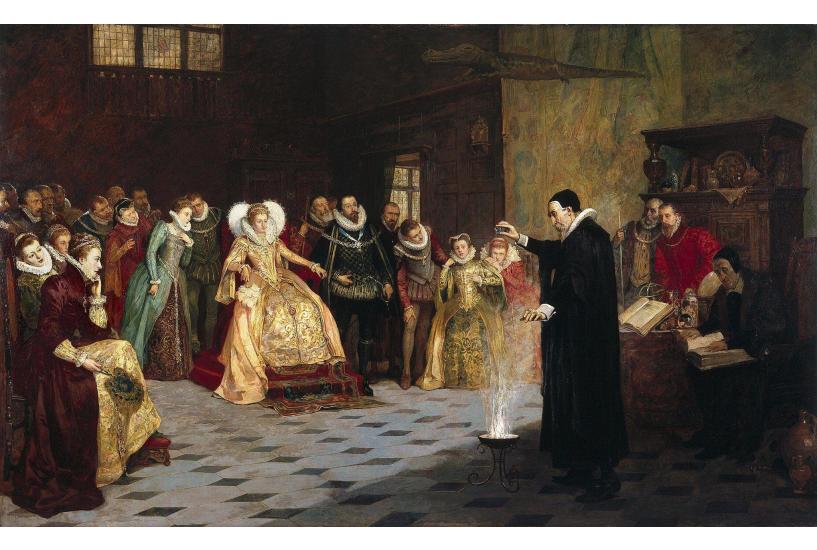Reading John Dee
by Jason Louv, author of John Dee and the Empire of Angels
Though it contains a biographical overview, my book John Dee and the Empire of Angels is not a biography of 16th-century scientific genius and occultist Dr. John Dee. Rather, it is a biography of his ideas, of the angelic magic, and an attempt to trace the footprint of his impact in the world.
Beyond simply creating a new biography, I have drawn on academic research into Dee’s work, Dee’s own writing and spirit diaries, as well as Hermetic psychohistory and later experiments with the angelic system by operative magicians like Elias Ashmole, Aleister Crowley, and Jack Parsons. There is also a large amount I have left out, in particular, information on the minutiae of Dee’s involvement in Elizabethan court politics.
In the process I hope to have provided a good introductory overview for the casual reader, and perhaps assisted in encouraging a more open-minded appraisal of Dee and his work. I also hope that my book is not the end of the reader’s Dee studies, and that the next stop is the primary texts—Dee’s diaries.
Dee’s work was difficult to comprehend even in his own time period. This situation is only compounded today, as his work relies on the context of the Elizabethan, Catholic, and Protestant world views, as well as the terrestrial disciplines of mathematics, optics, astronomy, geography, and the celestial disciplines of theology, astrology, alchemy, Hermeticism, Qabalah, and operative magic among others, not to mention a working understanding of Hebrew, Greek, Latin, and their internal mathematical structures. Dee’s work in these disciplines was not pursued in a vacuum, but must be understood as an outgrowth of a very specific historical period and geopolitical context.
Adding to this situation is the complexity of the angelic system itself. Because the study of Hermeticism and magic was progressively excised from the Western intellectual project in the century after Dee’s death, little work has been done on Dee’s findings, and what work has been completed has been by cultural outsiders, rather than scientists trained to Dee’s level. This later work, particularly that of the Hermetic Order of the Golden Dawn, helps elucidate Dee’s magic in some ways, and unnecessarily muddies and confuses it in others. Attempting to understand Dee through the lens of the Golden Dawn does us no favors either, since that order’s corpus is a dauntingly complex semiotic hoard in its own right.
The task we are left with is comparable to resurrecting calculus had it been abandoned after Newton and Leibniz. And to do so, we must first think as Dee did, which is a momentous undertaking in itself.
Do not let this discourage you—the more Dee’s ideas are understood, the simpler and even more intuitively self-evident they become. I hope to have already done the brunt of this work for you, and through my book I aimed to provide a comprehensive introduction to Dee’s thought to the modern reader. I included ample endnotes for further research, and in many places, I have attempted to elucidate some of Dee’s thinking by drawing comparisons to the more recent work of the Golden Dawn, Crowley, and others.
To entice you further, here’s a “map” to orient yourself within the book:
Part One, entitled Book I, The Magus, addresses Dee’s early life, education, government service, and major works, including his work on astronomy and astrology (the Propaedeumata aphoristica), Qabalah and alchemy (the Monas hieroglyphica), mathematics (the preface to Euclid’s Elements), and imperialism (the General and Rare Memorials). These sections should help to build a picture of where Dee’s thinking was at when he began the angelic conversations in his fifties.
By following Dee through his education and career, you will also become familiar with the worldview and knowledge Dee brought with him when he sat down at his scrying table. Overviews of Hermeticism, Dee’s proposed new science of archemastery, Qabalah, and operative magic are also given, which with the benefit of hindsight can be seen to logically build on each other and lay the groundwork for the angelic sessions.
Book II, The Angelic Conversations addresses the angelic sessions themselves. Here the locus of the narrative shifts from Dee to the angels, their geopolitical goals, and their system of magic or “Real Cabala.” Dee here becomes somewhat less important to the story, and it should be clear that his intellectual work up to this point has, from the angels’ perspective, only served as a prop to allow Dee to reach high enough up the Great Chain to even begin to make fumbling communications with the next order of beings upon it.
Book III, Antichrist assesses the continuing development of the angelic magic in the centuries after Dee’s death, and traces its central influence on the occult underground, with particular focus on Rosicrucianism, Elias Ashmole, speculative Freemasonry, the Golden Dawn, Aleister Crowley, and Jack Parsons.
Covering almost half a millennium, John Dee and the Empire of Angels seeks to link together a wide stretch of the history, religion, and science of Western civilization. It is my hope that in doing so I will have wrought at least some semblance of order out of chaos, and perhaps brought the West one step closer toward understanding its spiritual heritage.
One final note: throughout the book, particularly in the third section, I have discussed movements and people—from Thelemic occultism to evangelical Christianity, Aleister Crowley to Ronald Reagan—that have convinced themselves that the divine timeline can be advanced by taking extreme and even evil actions. I am not advocating for or excusing this view; rather, I have hoped to show the havoc that people knee-deep in ideology can wreak upon those around them and the world, particularly when in positions of power.
Apocalyptic religious extremism has turned our world into a hell, in the childlike belief that this will accelerate divine punishment and redemption. If we do not see this psychopathology clearly, and grow beyond it, it may yet be our death. Therefore, throughout the book I have hoped to show the Western esoteric tradition as it is, warts and all—both its transcendent brilliance, and its long and disturbing shadow.
Seeing the clear light of reality requires nothing less.
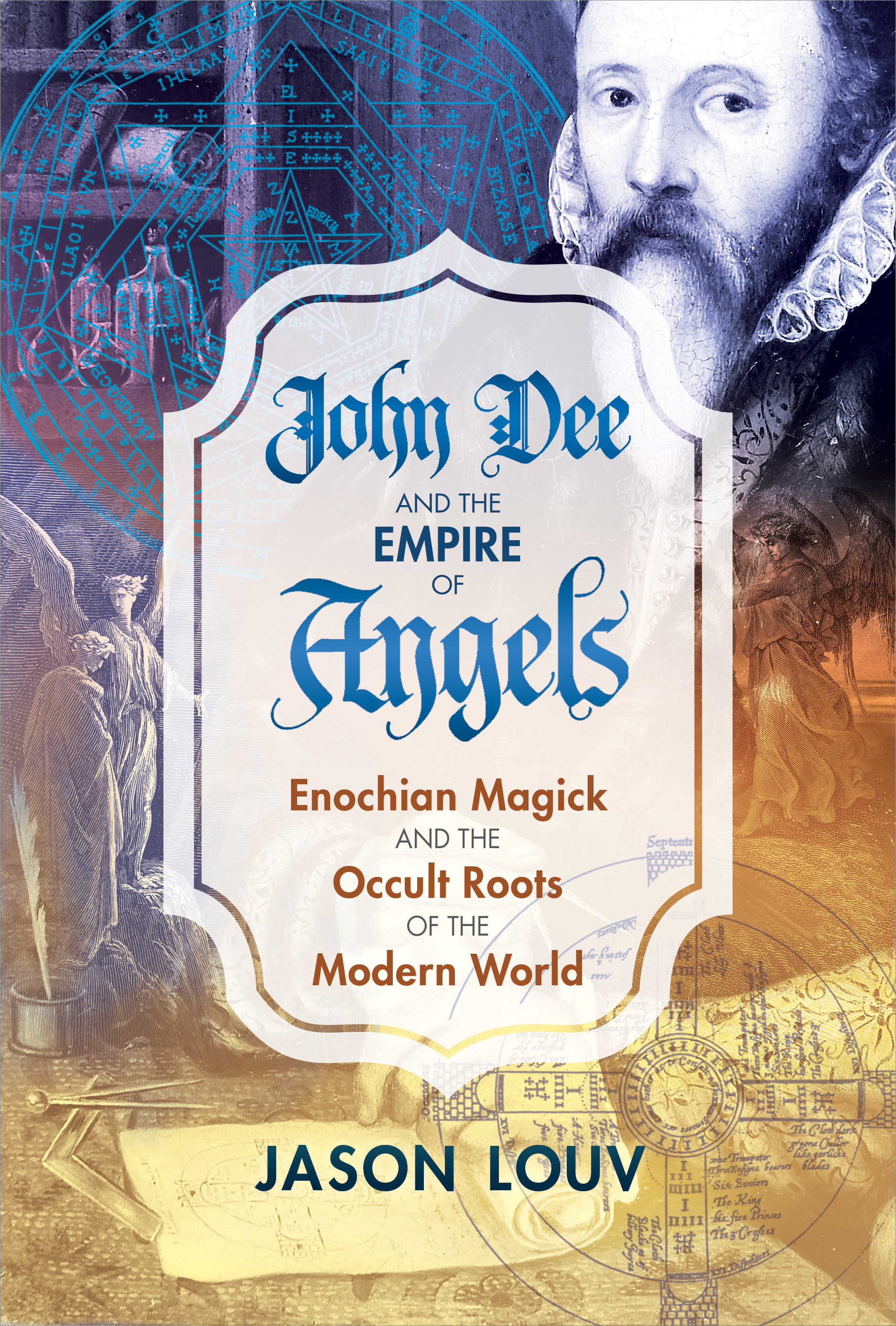 |
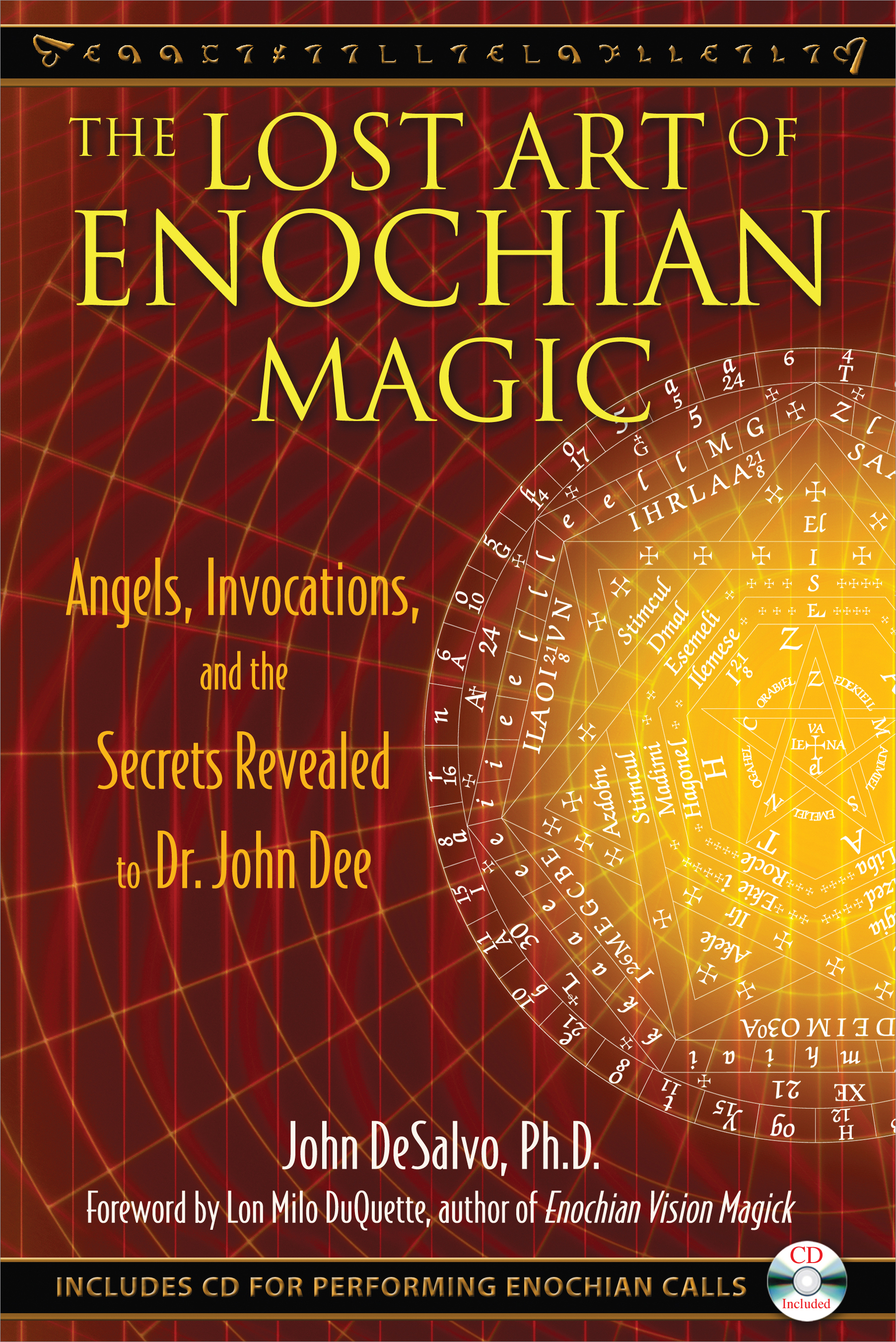 |
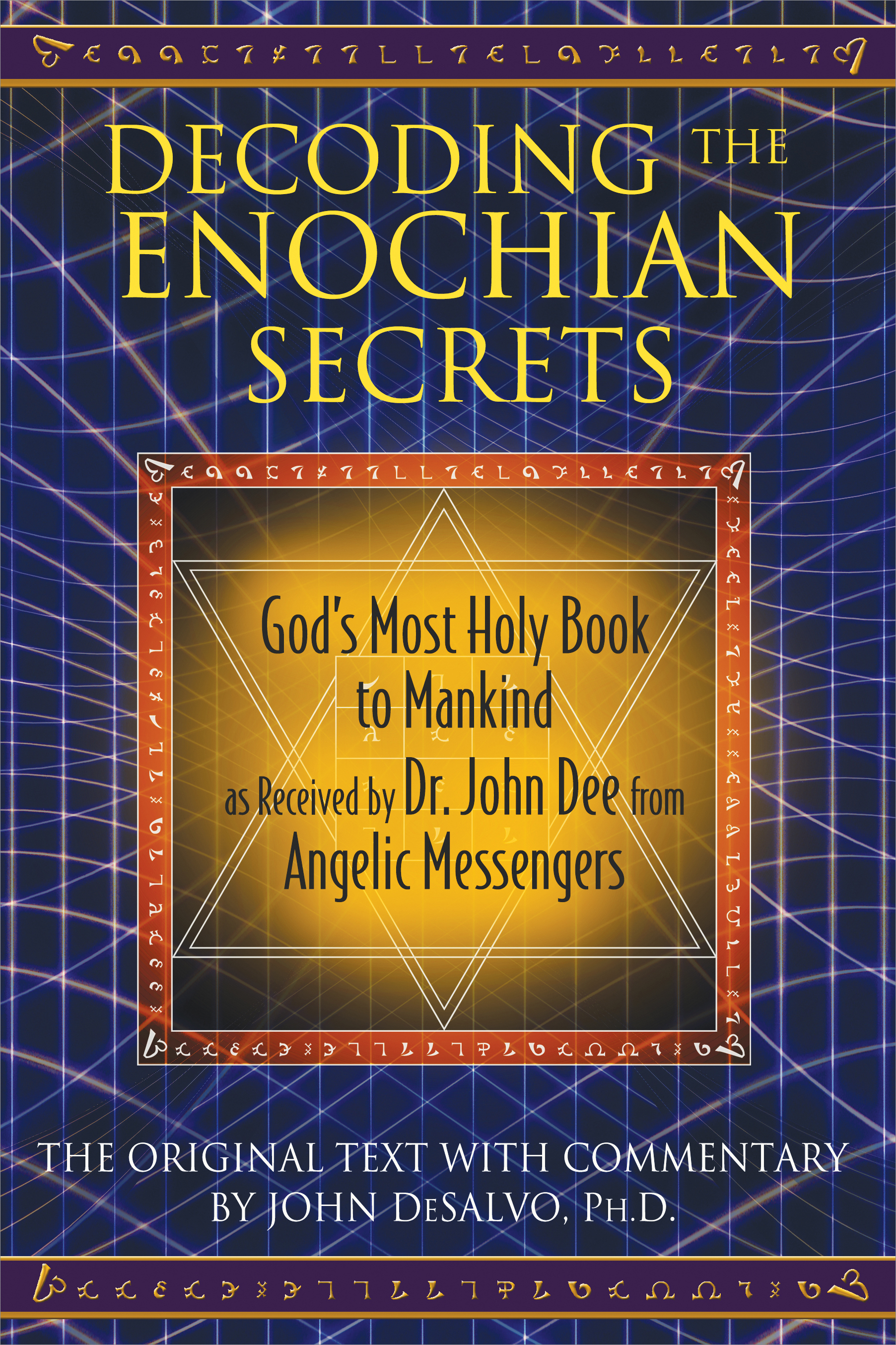 |
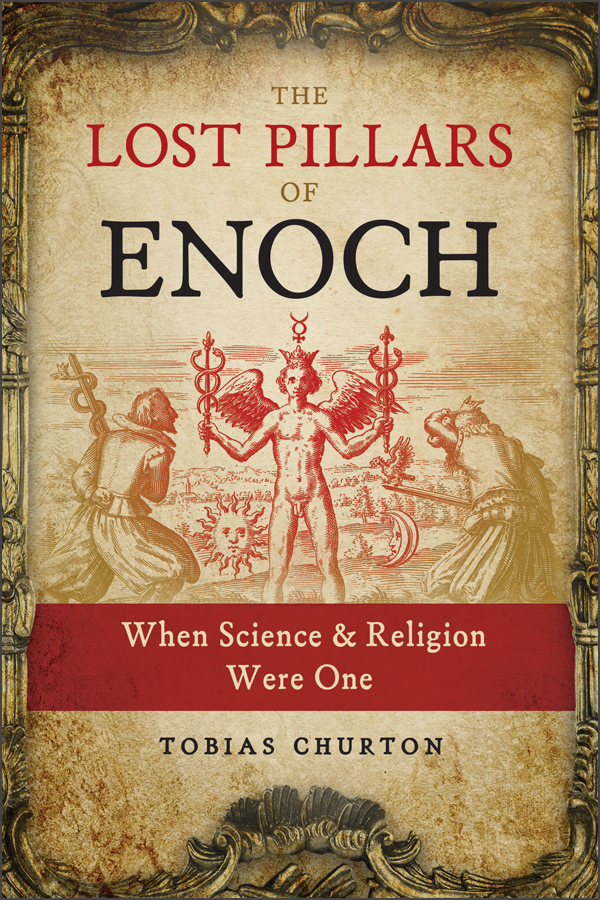 |
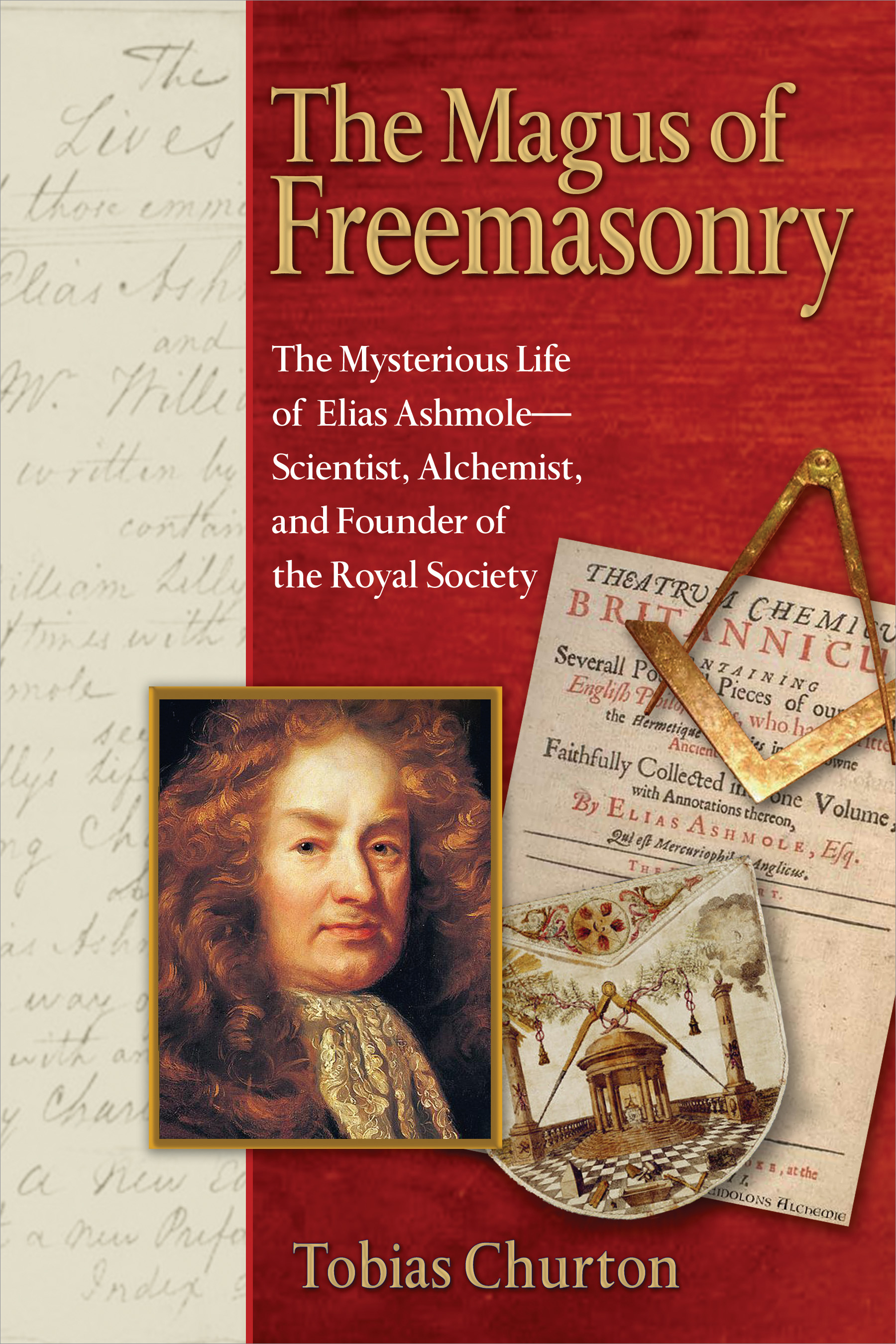 |


